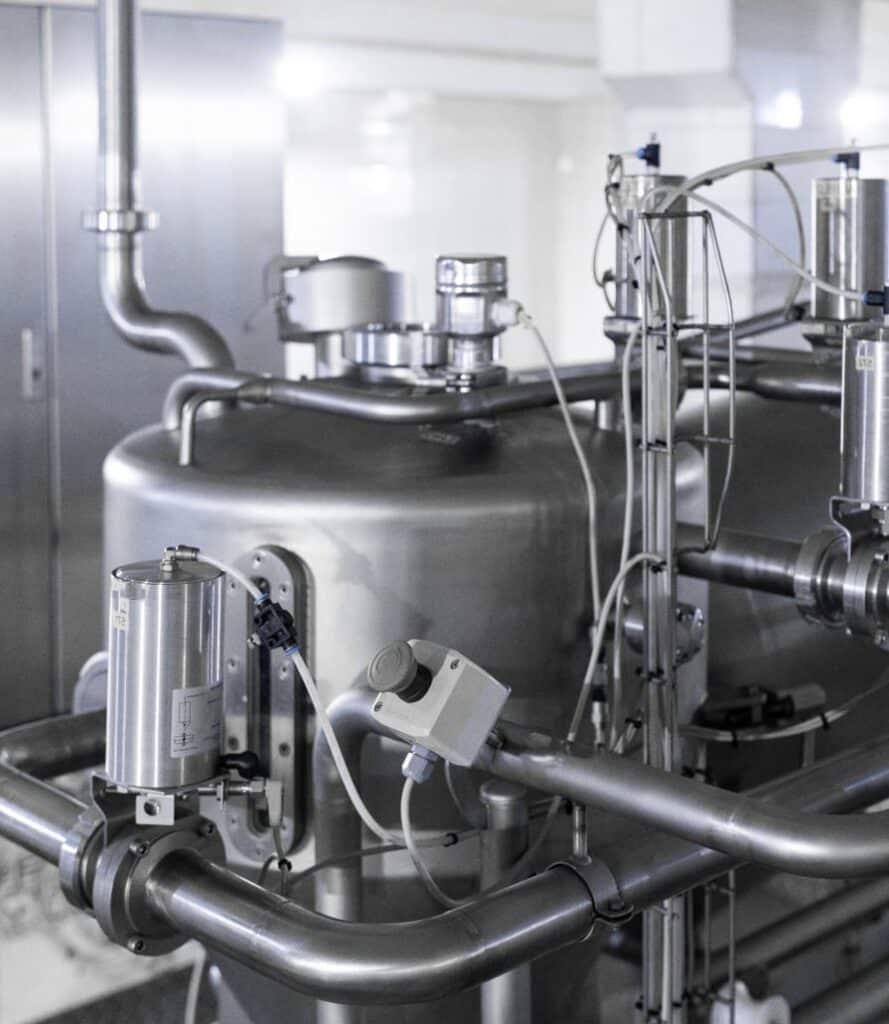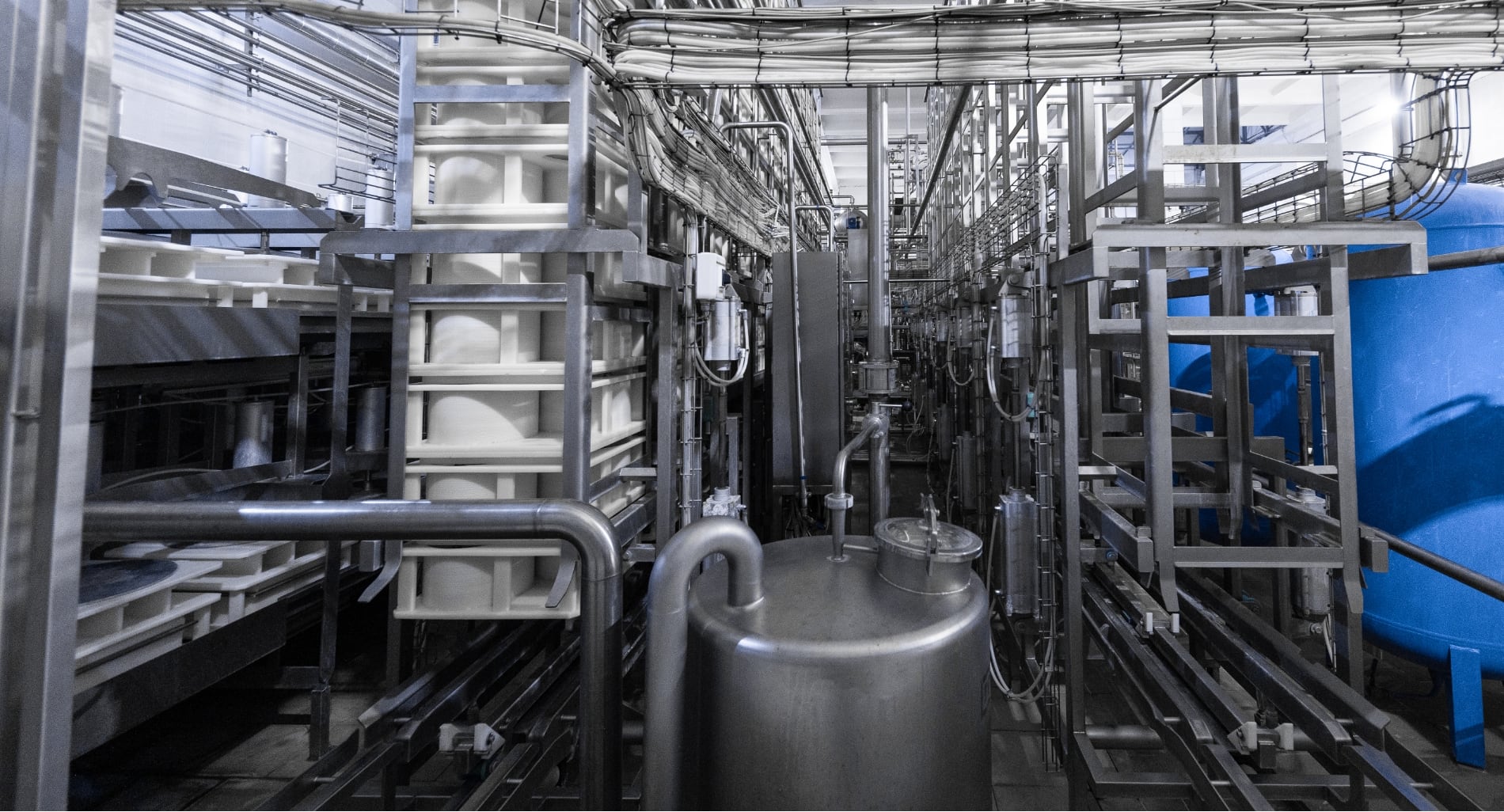
What Does Commissioning an Instrument Mean?
As your project comes closer to execution after careful planning over weeks, months, or even years, you know that acquiring the equipment isn’t enough. That’s where Mundial Group steps in, ensuring every instrument operates seamlessly and optimally for your project.

The commissioning process includes:
Collaborating with construction schedulers
Fine-tuning control systems
Maintaining comprehensive documentation
The overall process begins with pre-commissioning, which involves checking the correct installation and configuration of instruments and controls and validating their calibration and wiring. The primary goal is to confirm that all components of your system operate in harmony, enhancing overall efficiency and assuring optimal performance for long-term reliability and results.

Service Overview
Instrument and Controls
Pre-Commissioning
Verifying the correct installation design for instrumentation devices and control systems.
Configuring equipment according to design documentation and specifications.
Ensuring correct wiring in panels and field devices.
Instrument and Controls
Commissioning
Certifying calibration of instrumentation and control valves.
Confirming proper tagging of equipment, panels, and instruments.
Simulating I/O wiring from field instrumentation to control systems.

Industries We Serve
Mundial Group guarantees that your industrial operation hits the ground running and continues to operate at peak levels for the long run. Whether you are a general contractor overseeing construction and startup, or an industrial manufacturing company, we’re ready to optimize your operations with the utmost efficiency.
Semi-Conductors
EV/Battery Manufacturing
Airline Industry
Petrolium
Mining
Chemical Plants
Data Centers
Distribution Centers

Frequently Asked Questions
The instrument commissioning process is a structured approach designed to optimize building performance, guided by the owner’s project requirements. Initially, a commissioning plan is formulated by the commissioning team in close collaboration with the design and construction team. This plan details the commissioning activities that must be performed.
The journey commences during the construction phase, with a thorough review of the design and installation of the instrumentation devices and control systems. This scrutiny ensures they align with the proposed design and are wired correctly in panels and field devices.
Once the construction phase culminates, the commissioning team coordinates with the system owners and operators to infuse process fluid into the systems, signifying the operational initiation of the building systems.
Throughout these commissioning activities, documentation is maintained with meticulous attention to detail. This documentation aids in operations and maintenance, managing operation and maintenance costs. It also ensures the systems are operated and maintained per the commissioning plan, bolstering energy efficiency.
Commissioning falls into four categories including, new construction, re-commissioning, retro-commissioning, and monitoring-based commissioning.
New Construction Commissioning
Also known as simply “commissioning,” this is the process of completing initial tasks for a new system design including, monitoring installation quality, fine-tuning systems and equipment, and documentation.
Re-Commissioning
Re-commissioning is the ongoing engagement with the building’s system to ensure it continues running optimally, is free of any new issues, and maintains the initial standards put in place.
Retro-Commissioning
If the system has been completed and placed in operations but has yet to be commissioned, this is where retro-commission comes into play. Retro-commission ensures that all requirements are met for proper and effective usage.
Monitoring-Based Commissioning
The process of monitoring-based commissioning optimizes the performance of the building’s systems and equipment. This process includes continuous data collection and analysis, detection of faults, and managing energy efficiency.
Commissioning and pre-commissioning are parts of a whole building’s system development.
Pre-commissioning occurs before commissioning and focuses on system preparations for commissioning activities. This phase ensures that all components and systems are installed correctly and that all the required checks, tests, and documentation have taken place.
Commissioning involves systematic testing, verification, and fine-tuning of system components. This phase will conclude that the entire system is operational and meets performance requirements, identifying and resolving any discrepancies.
Testing looks at the functionality of specific components of a system, while commissioning focuses on less specific processes, comprehensively evaluating the system as a whole.
Testing is the initial stage that comes before commissioning. During testing, the specific functions and components are examined at a sub-system level. Once completed, commissioning can address the broader functions of the entire system.
